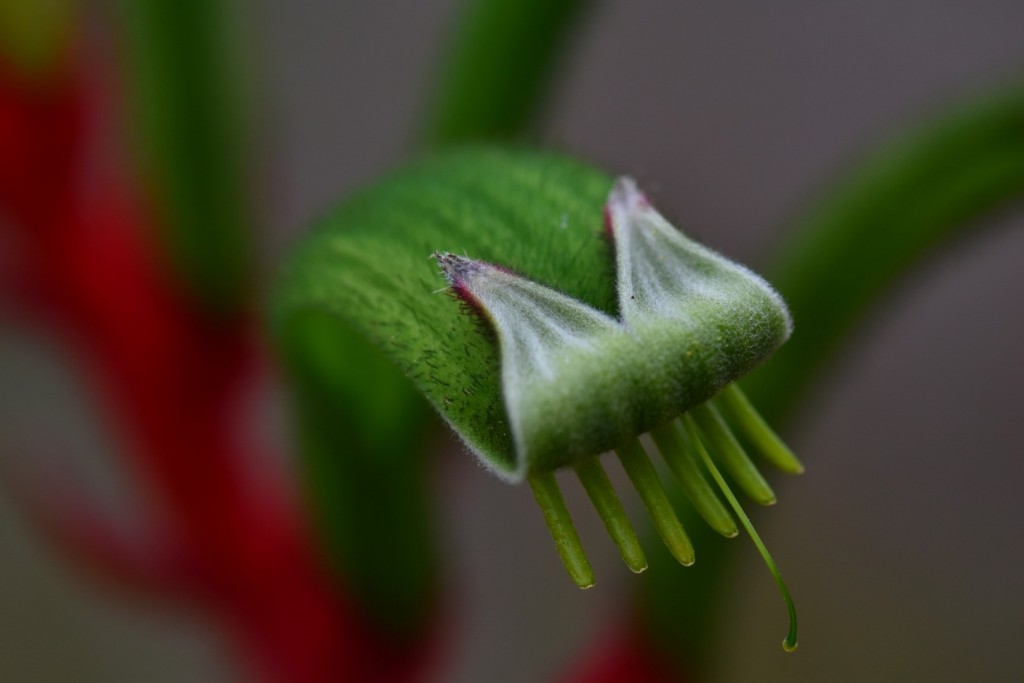 I’ve got almost a week to fill while in Perth as I wait for a service on my car before heading bush so today I headed up to Wireless Hill in Ardross. Nestled in the southern suburbs of Perth it covers 99 acres of bush land which was the site of a radio telegraphy station in 1912.
I’ve got almost a week to fill while in Perth as I wait for a service on my car before heading bush so today I headed up to Wireless Hill in Ardross. Nestled in the southern suburbs of Perth it covers 99 acres of bush land which was the site of a radio telegraphy station in 1912.
Now it’s a park mainly consisting of natural bush land and an amazing example of jut how diverse the native flora is in the area.
These tassel flowers are everywhere, a small herbaceous plant and according to my local wildflower book it’s not meant to be in flower at this time of year, but I have the photos to prove it.
This spider orchid needed two photos to show it from different angles as you couldn’t see the fringed sides in the first picture, I found perhaps three or four of these and I’m sure I would have found more if I didn’t get rained off by a big rain front. I have no idea what spider orchid it is my book has over 140 different species of spider orchids, a few looked similar but none seemed identical.
I felt sure this was a donkey orchid but after checking the book, the closest match is a pansy orchid, these were growing on mass in places.
A jug orchid, not very colourful but an unusual shape.
Yeah, no idea what this one is, it’s a small shrub and the flowers didn’t look like anything special from a distance, but once you get up really close, they’re quite interesting.
The red and green kangaroo paw is Western Australia’s floral emblem

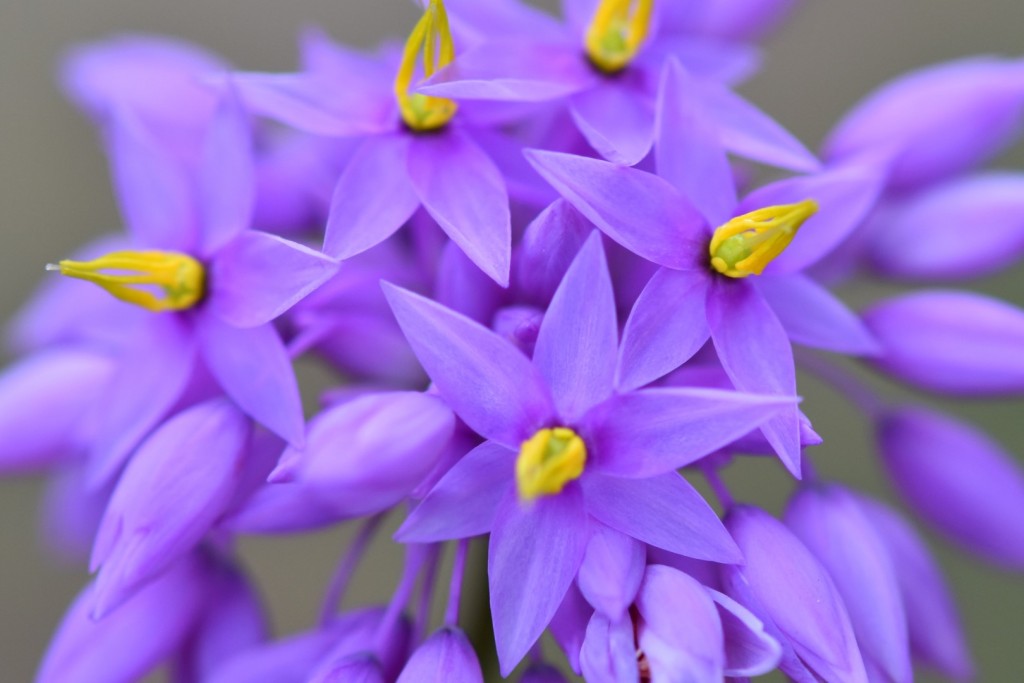


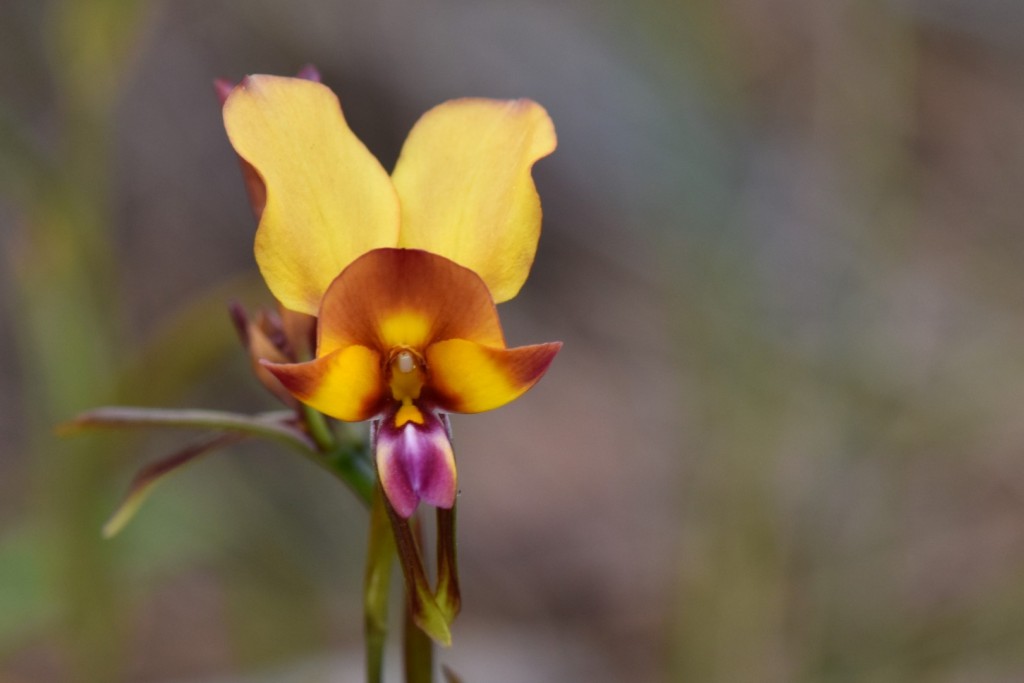

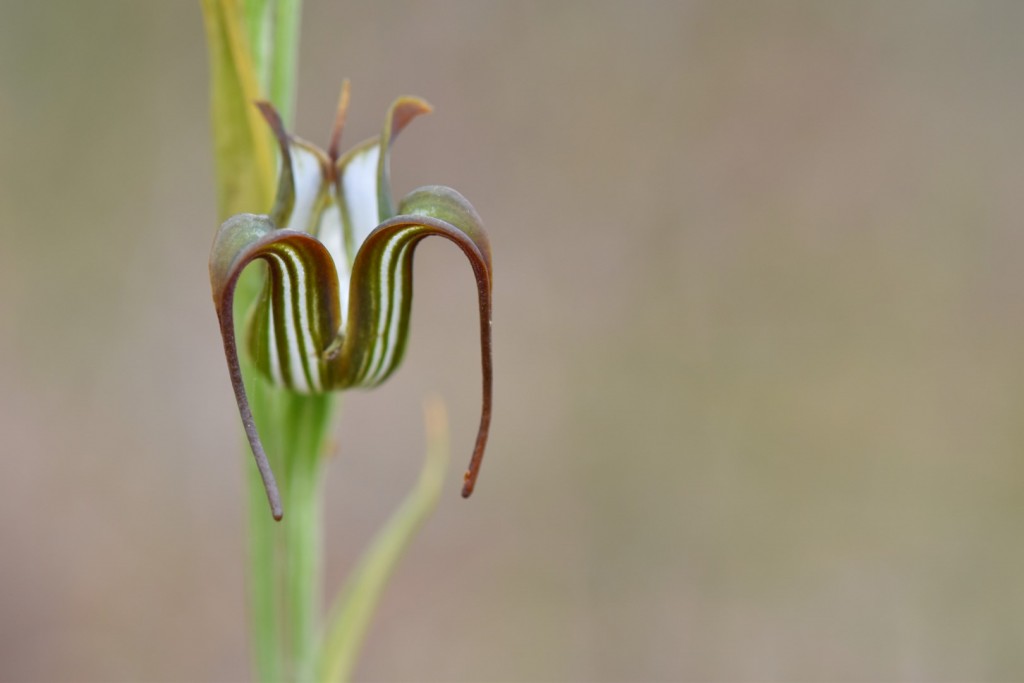

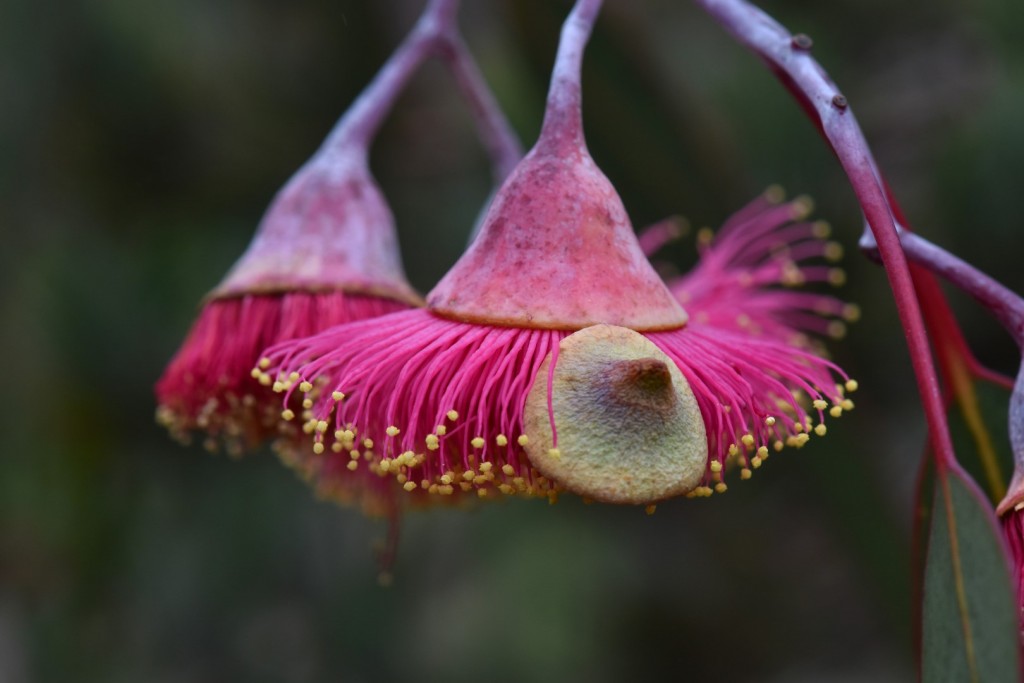
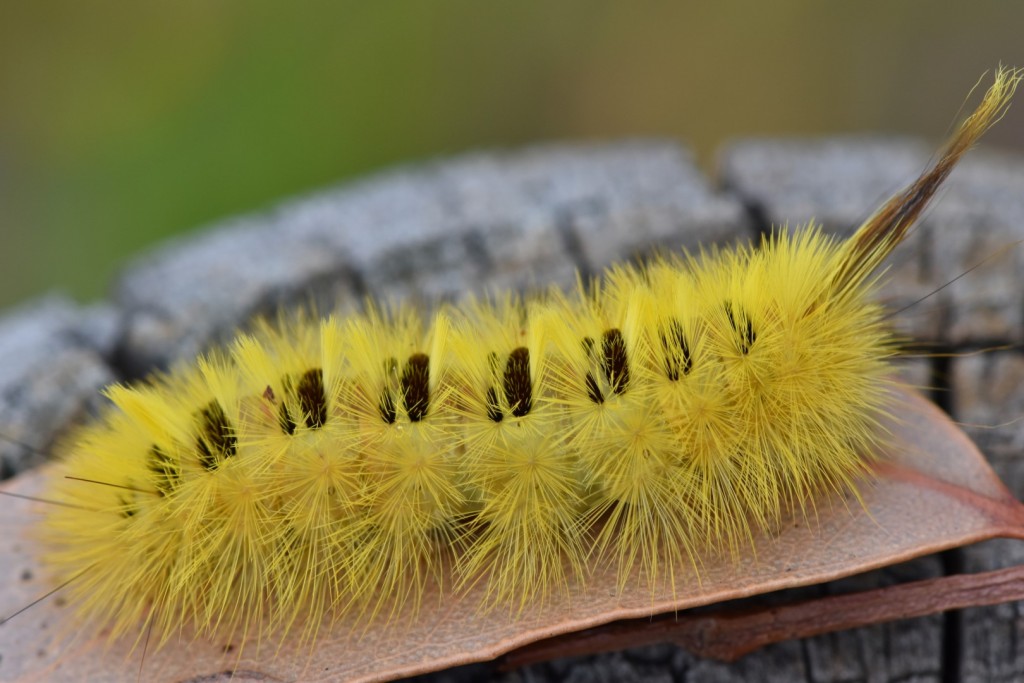
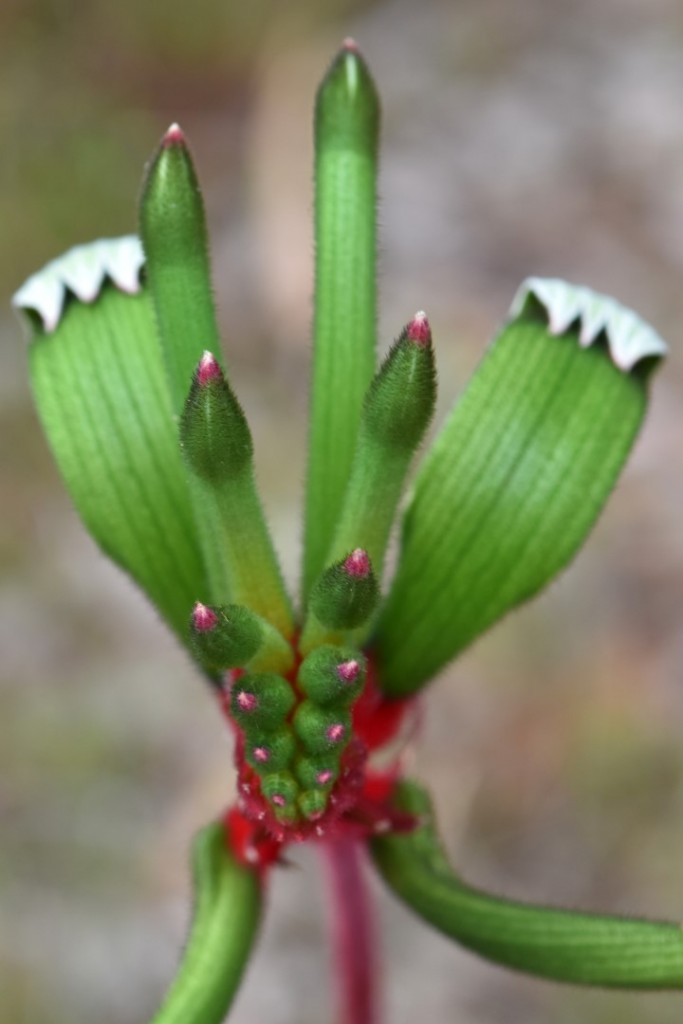
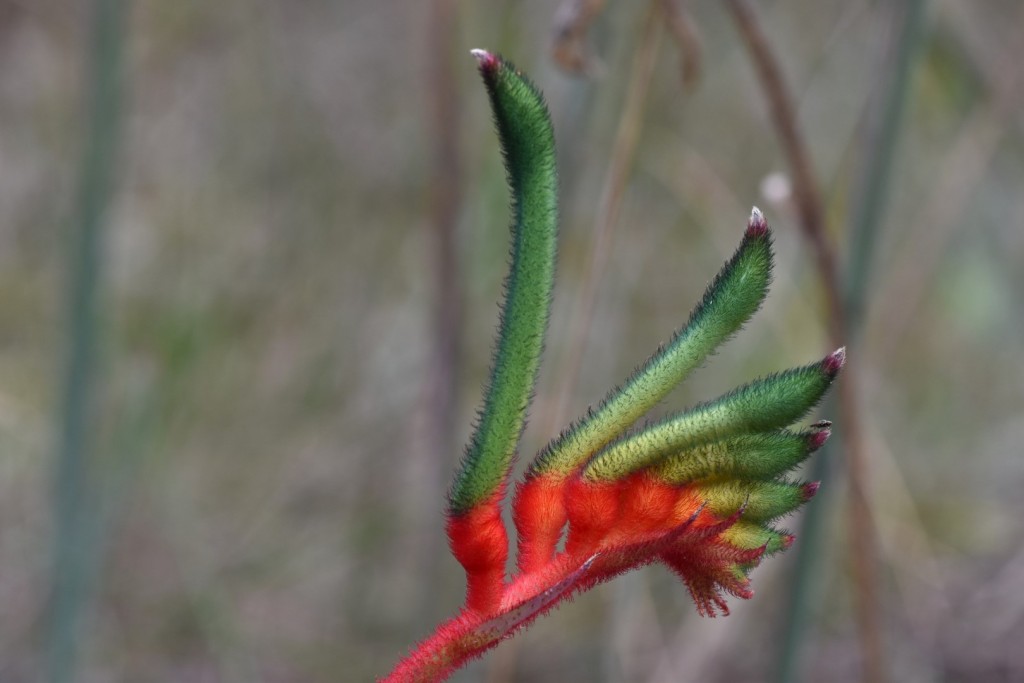
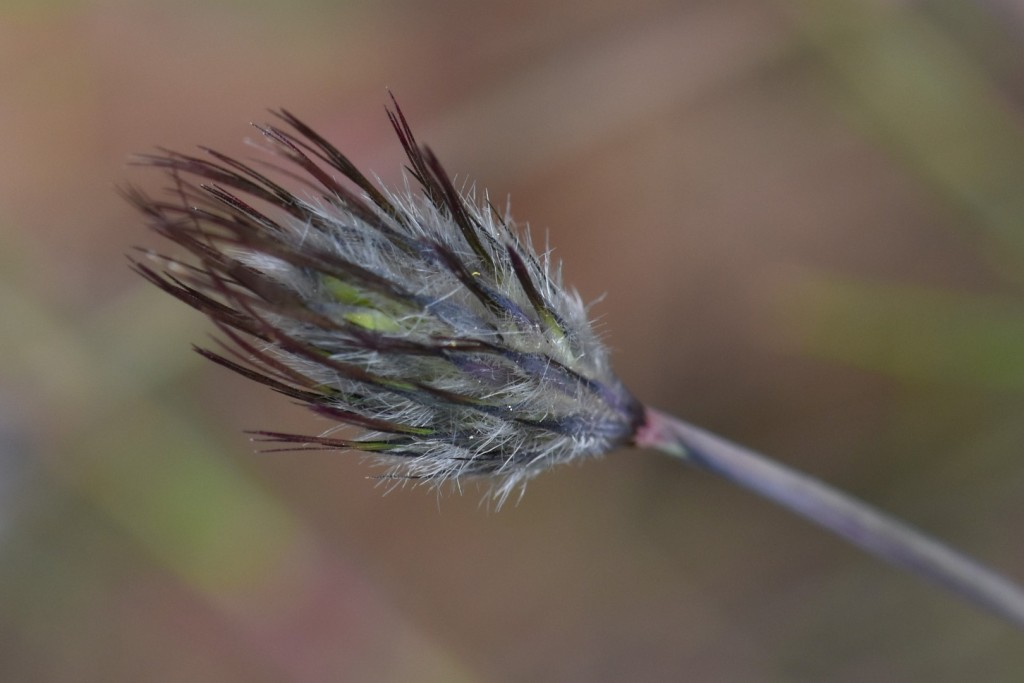
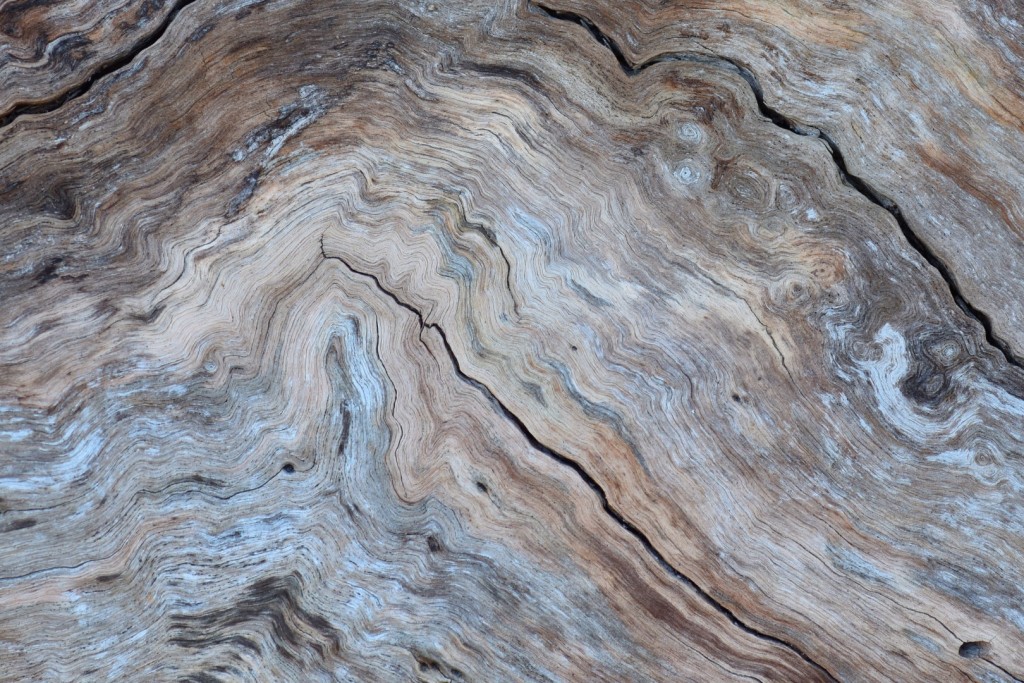
3 Comments
[…] you missed part one of Wireless Hill or Kings Park, please use these links to view them first. When you’re on a good thing it […]
Hi Joel. Enjoyed your photos. I think what you have labelled a ‘pansy orchid’ is actually a ‘donkey orchid’ – Diuris longifolia. Cheers!
Thanks Alexis, see that’s what I find annoying about plant names, my orchid book says Diuris longifolia is a “Purple pansy orchid”, but then in the description “A colourful donkey orchid 100-350mm…….” common names are so interchangeable and identification can be tricky with some of them. I think I’ll label things Orchid, eucalypt, or acacia from now on to keep it simple. 🙂 Thanks for the tip.